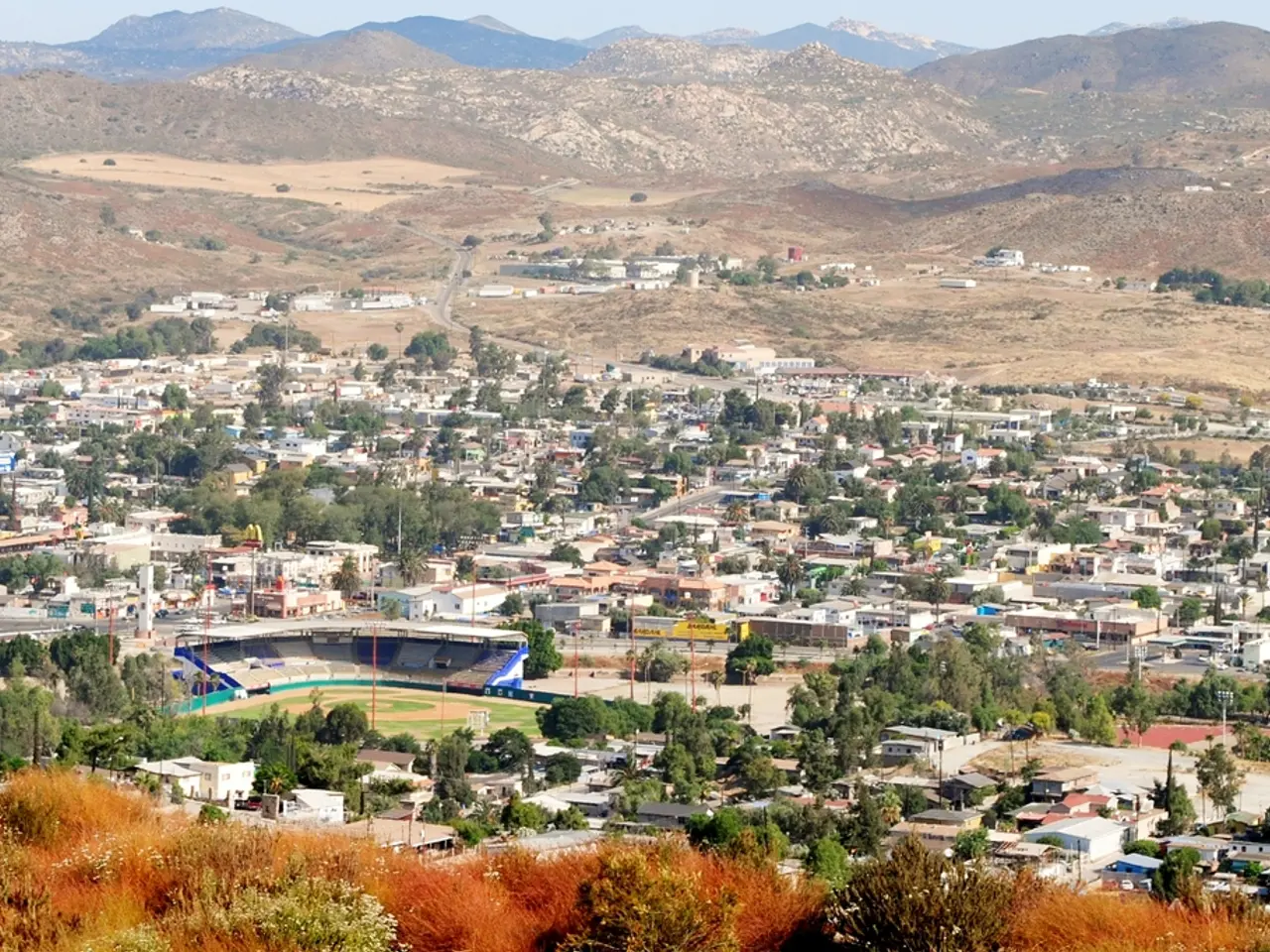Predicting Political Movements: Forecasting Trends and Strategic Guidance
Navigating Political Uncertainty: The Power of Trend Forecasting
In the dynamic world of politics, staying ahead of the curve is crucial for organizations and campaigns alike. Political trend forecasting, a data-driven approach that combines advanced analytics and structured foresight tools, offers a means to navigate political uncertainty with informed, anticipatory strategies.
One common technique in political trend forecasting is sentiment and influencer analysis. By mining social media data, this method allows us to understand public attitudes and identify key actors shaping trends and opinions. By capturing interactions among sentiment, influential users, and topics, it improves prediction accuracy beyond simple rule-based models.
Another valuable tool is the PESTEL analysis, a framework that examines the Political, Economic, Social, Technological, Environmental, and Legal macro-environmental factors. PESTEL provides a structured way to scan external forces affecting political trends, such as government type, political party dynamics, public opinion, lobbying, and policy changes. PESTEL serves as an early warning system to detect emerging political risks and opportunities and informs strategic decision-making.
Strategic foresight methods, including scenario planning, Delphi studies, horizon scanning, trend radars, backcasting, and cross-impact analysis, are also essential in political trend forecasting. These methods help organizations anticipate plausible political futures and develop proactive, adaptive strategies accordingly.
In strategic planning, these techniques apply in several ways. Political trend forecasting methods are embedded into environmental scanning and risk assessment, enabling organizations to anticipate shifts in political landscapes that could impact operations or markets. Sentiment and influencer analysis can identify early momentum for political movements or policy changes, allowing timely strategic adjustments or stakeholder engagement. PESTEL insights help planners understand broad forces beyond immediate control, framing strategic options to mitigate threats or leverage opportunities. Strategic foresight techniques integrate trend data into long-term plans by exploring multiple possible futures and informing flexible, resilient strategies rather than reactive short-term responses.
By identifying demographic groups likely to shift opinions, campaigns can tailor outreach and messaging to maximize influence. Social media trends provide real-time insights into voter sentiment, issue popularity, and the effectiveness of campaign messaging. Political trend forecasting helps prevent campaign resource waste by focusing efforts on the most promising voter segments and regions.
Political trend forecasting is not just beneficial during election campaigns. It can help in policy development, coalition-building, and positioning for future elections beyond the current campaign cycle. To ensure accuracy, political trend forecasting should be updated regularly, often weekly or daily, depending on the pace of political developments and campaign needs.
Anticipating potential political shifts during a crisis can help campaigns adjust their strategy to maintain voter trust. Advanced analytics, artificial intelligence, and machine learning enhance the accuracy and speed of political trend predictions. Public opinion research provides critical insights into voter priorities, concerns, and perceptions over time. Economic indicators like unemployment rates, inflation, and GDP growth can influence voter behavior and election outcomes.
Tools used for political trend forecasting include statistical software, AI platforms, sentiment analysis tools, GIS mapping systems, and big data analytics platforms. Global events like wars, pandemics, or economic crises can significantly alter domestic political landscapes. Common sources for political trend forecasting include polling data, social media analytics, demographic information, historical election results, and economic indicators.
In summary, political trend forecasting is a powerful tool that equips organizations and campaigns with the ability to anticipate and shape future political contexts within strategic frameworks. By combining data-driven analytics and structured foresight tools, we can navigate political uncertainty with informed, anticipatory strategies.
Summary Table: Techniques and Strategic Planning Applications
| Technique | Description | Use in Strategic Planning | |------------------------------------|--------------------------------------------------------|----------------------------------------------------------| | Sentiment & Influencer Analysis | Social media data mining for attitudes and key actors | Detect emerging political issues; tailor communication | | PESTEL Analysis | Macro-environmental factor analysis | Identify external political risks/opportunities | | Scenario Planning | Constructing diverse future political scenarios | Prepare adaptive strategies; consider multiple outcomes | | Delphi Studies | Expert surveys for consensus on futures | Refine predictions and validate trend assumptions | | Horizon Scanning | Scanning for weak signals of future changes | Early alert for political shifts; strategic foresight |
These methods collectively enhance an organization's capacity to anticipate and shape future political contexts within strategic frameworks.
- In the realm of politics, sentiment and influencer analysis, a technique that mines social media data, helps to comprehend public attitudes and pinpoint crucial actors shaping trends and opinions, thereby improving prediction accuracy by capturing interactions among sentiment, influential users, and topics.
- Organizations and campaigns can identify demographic groups likely to shift opinions, enabling them to tailor outreach and messaging effectively to maximize influence, especially during political campaigns.
- Strategic foresight techniques such as PESTEL analysis serve as an early warning system for emerging political risks and opportunities, helping planners understand broad macro-environmental factors that influence political trends.
- Political trend forecasting, using techniques like Delphi studies, scenario planning, and horizon scanning, is not limited to election campaigns but can aid in policy development, coalition-building, and positioning for future elections beyond the current campaign cycle.




